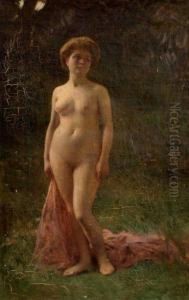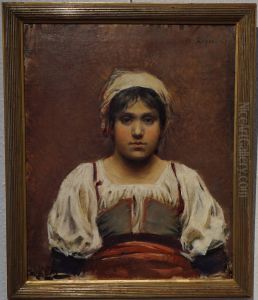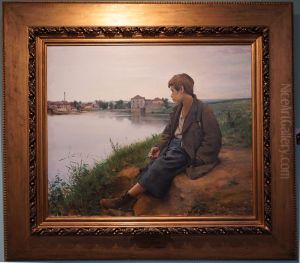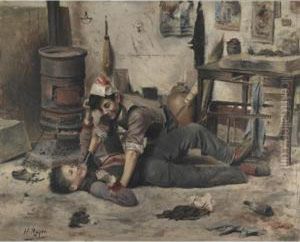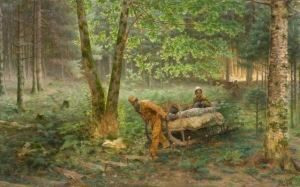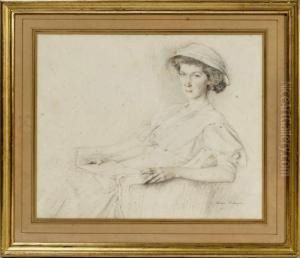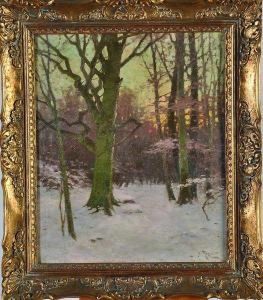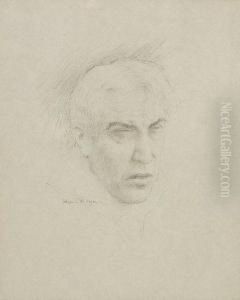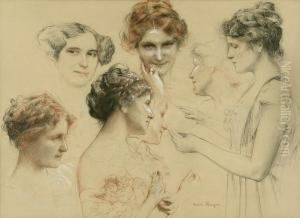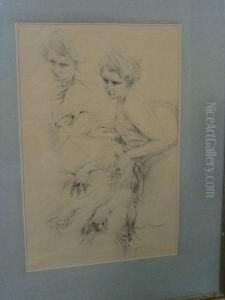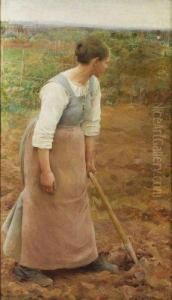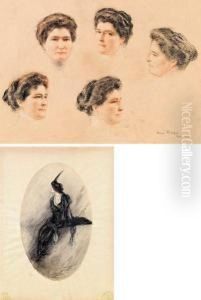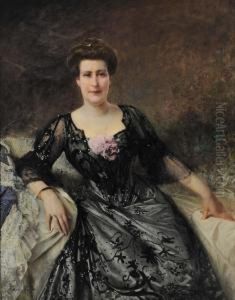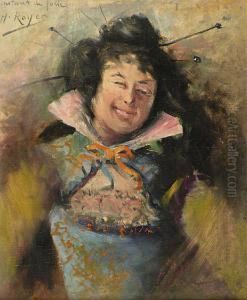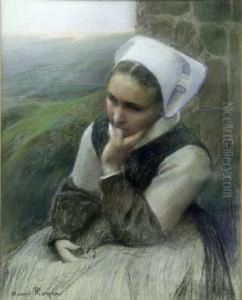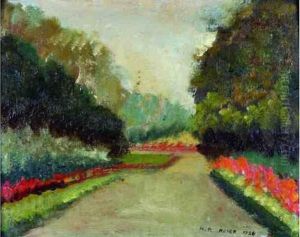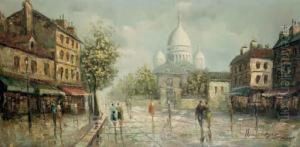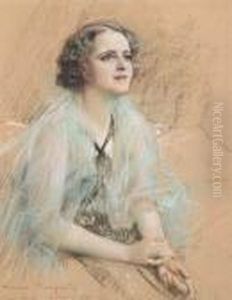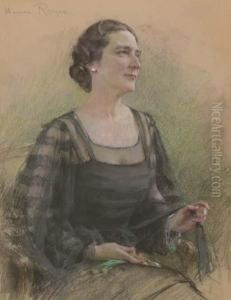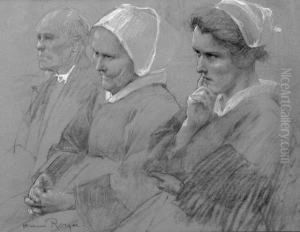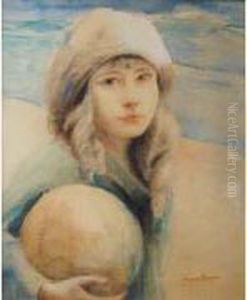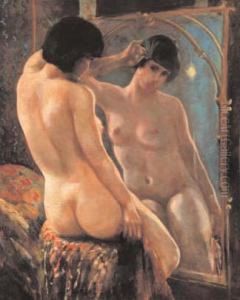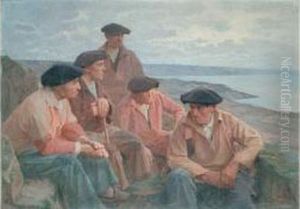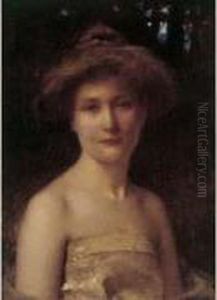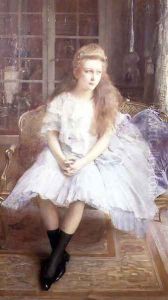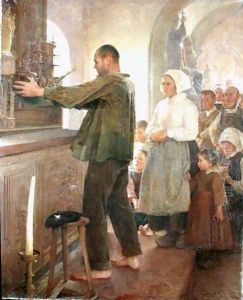Henri Royer Paintings
Henri Royer was a French painter born on January 22, 1869, in Nancy, France. He was known for his landscape paintings, portraits, and genre scenes that often reflected the beauty of the French countryside and the lives of its inhabitants. Royer studied art at the École des Beaux-Arts in Nancy before moving to Paris, where he continued his education under the guidance of renowned artists such as Jules Lefebvre and Tony Robert-Fleury.
Royer's painting style was influenced by the Academic tradition, which emphasized classical techniques and subjects. He gained recognition for his work relatively early in his career and exhibited at the prestigious Paris Salon, where he received several awards, including a gold medal in 1900. His paintings also garnered international attention, and he participated in exhibitions across Europe and the United States.
Throughout his career, Henri Royer remained committed to figurative painting, even as the art world saw the rise of avant-garde movements such as Impressionism and Cubism. He was a member of the Société Nationale des Beaux-Arts and served as a professor at the École des Beaux-Arts in Paris. Royer’s commitment to his craft and his role in art education contributed to his reputation as a respected artist of his time.
Henri Royer passed away on October 31, 1938, in Neuilly-sur-Seine, leaving behind a legacy of works that continue to be appreciated for their technical mastery and depiction of French life and landscapes. Despite not being as widely known today as some of his contemporaries, Royer’s paintings are held in several museum collections and are studied for their contribution to the art of the late 19th and early 20th centuries.
